A simple invitation
April 25th, 2022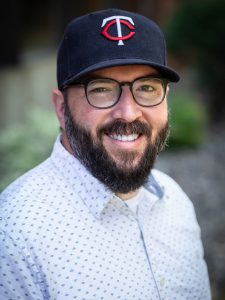 By Nicholas Tangen
By Nicholas Tangen
This summer, the Faith Practices & Neighboring Practices learning community is embarking on a summer of neighborhood listening. Each of the 13 participating congregations is planning its own listening work in its context; the Faith Practices & Neighboring Practices team will provide accompaniment, coaching, and resources along the way. This is an exciting time for our project, and the eagerness from our congregations to get out there and hear more about how God is at work in their community is incredibly energizing.
“More and more in American culture, the idea of truly connecting with our neighbors can be anxiety producing.”
In February, as we began laying out the plans for this summer listening, I challenged our learners to schedule a one-to-one with one of their own next-door neighbors. This project of neighborhood listening will require courage and openness. And more and more in American culture, the idea of truly connecting with our neighbors can be anxiety producing.
So, I thought this one-to-one assignment would provide an opportunity to stretch our imaginations and practice some bravery. Knowing that this would be a challenge for some of our learners, I also committed to doing this myself.
NOW, YOU MIGHT THINK that I have enough experience in community engagement that this wouldn’t be all that stressful for me. But you’d be wrong.
Much of my community engagement work has been in contexts that are not my own. This invitation was challenging me to connect with folks who have been only hundreds of feet away from my wife and I for nearly a decade. I was a little scared.
But I promised I would follow through, and I trusted that the learning community would hold me accountable – so I scribbled a quick note on a piece of notebook paper:
Hey there, this is your neighbor across the street. With all that’s unfolded in the last couple of years in our city, my wife and I are aware of how disconnected we feel from our neighbors. We’d love to treat you to a beer or a coffee and get to know you a little better. If you’re game, shoot me a text. Your neighbors, Nick and Kristin.
I dropped the note and our contact info in our neighbor’s mailbox across the street, and then we waited.
The next morning, I received a text:
Hey Nick, this is your neighbors. Your note LITERALLY made our day! We would love to connect.
I suddenly felt so much of that fear and guilt fall away, and noticed it being replaced by excitement, curiosity, and joy. When my wife and I talked later that night we were so struck by what a simple invitation could do. Can the kind of neighborhood connections we want to build really start with scribbled notes on a torn off piece of notebook paper?
We had beers with our neighbors that Friday. We set aside an hour after dinner and ended staying well into the night. We talked about family, and work, and what we’ve seen in the neighborhood. We talked about the Second Precinct and the militarized energy they’ve held since George Floyd’s murder. We grumbled about the “joys” of living in houses over a century old. And we made a commitment to checking in more regularly. It was lovely.
I WAS SO EXCITED to tell our learning community about my experience connecting with these neighbors. It had confirmed something for me that I have been trying to instill from the beginning – our first steps towards authentic relationship can be small, simple, and straightforward.
That’s not to say that all our problems are going to be solved by having beers with our neighbors. But what it does mean is that the kind of community change so many of us want to see is only possible when it emerges from connected communities. And connected communities do the little things well – extending invitations, spending genuine informal time together, and getting curious about one another.
“What might be possible if each of our congregations and the folks in the pews committed to practicing little things well?”
What might be possible if each of our congregations and the folks in the pews committed to practicing those little things well? What if we devoted our attention to building connected communities, rather than trying to be the leaders, the providers, or the saviors? What might happen in our neighborhoods? What might happen in our churches?
Only God knows, but we can follow that curiosity right into our neighbor’s living room and dream about it together.
So, drop a note in your neighbor’s mailbox. I dare you.


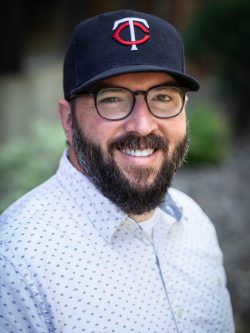

 By Pastor Craig Pederson
By Pastor Craig Pederson 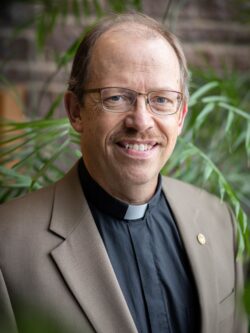
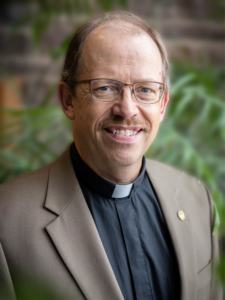 By Pastor John Hulden
By Pastor John Hulden

 By Emilie Bouvier
By Emilie Bouvier  I know exercise isn’t everyone’s best strategy for resiliency; it’s a good and helpful pathway, but the pathways are many.
I know exercise isn’t everyone’s best strategy for resiliency; it’s a good and helpful pathway, but the pathways are many.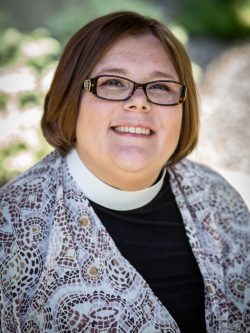
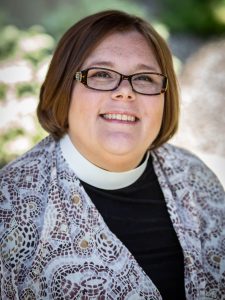 By Rev. Norma Malfatti
By Rev. Norma Malfatti
 By Jack Hurbanis
By Jack Hurbanis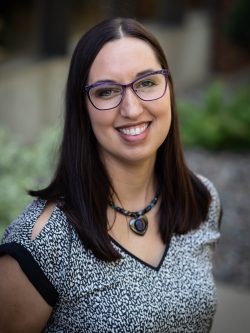
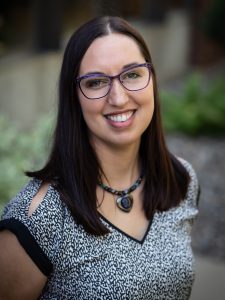 By Brenda Blackhawk
By Brenda Blackhawk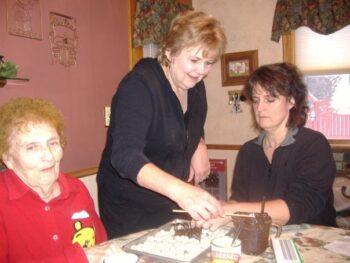
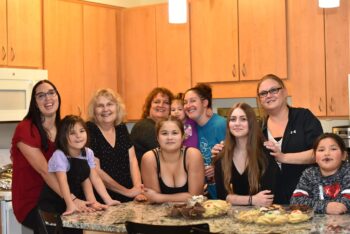
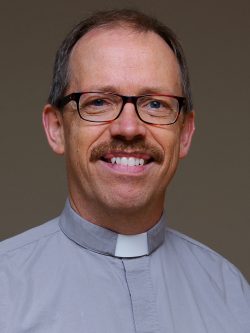
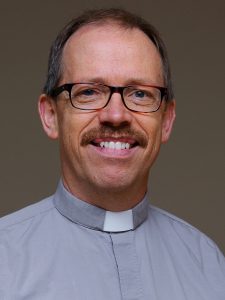 By John Hulden
By John Hulden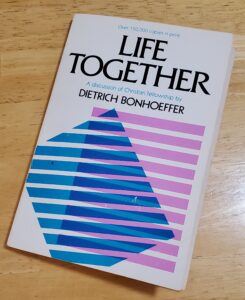
 where it originated, but here’s a version:
where it originated, but here’s a version: the practices that we hang on to because “that’s the way we do things.” Very few practices are self-justifying and I’m willing to bet that if we get curious and try to understand the ins and outs of our church culture, we might find some things that just don’t make sense anymore.
the practices that we hang on to because “that’s the way we do things.” Very few practices are self-justifying and I’m willing to bet that if we get curious and try to understand the ins and outs of our church culture, we might find some things that just don’t make sense anymore.